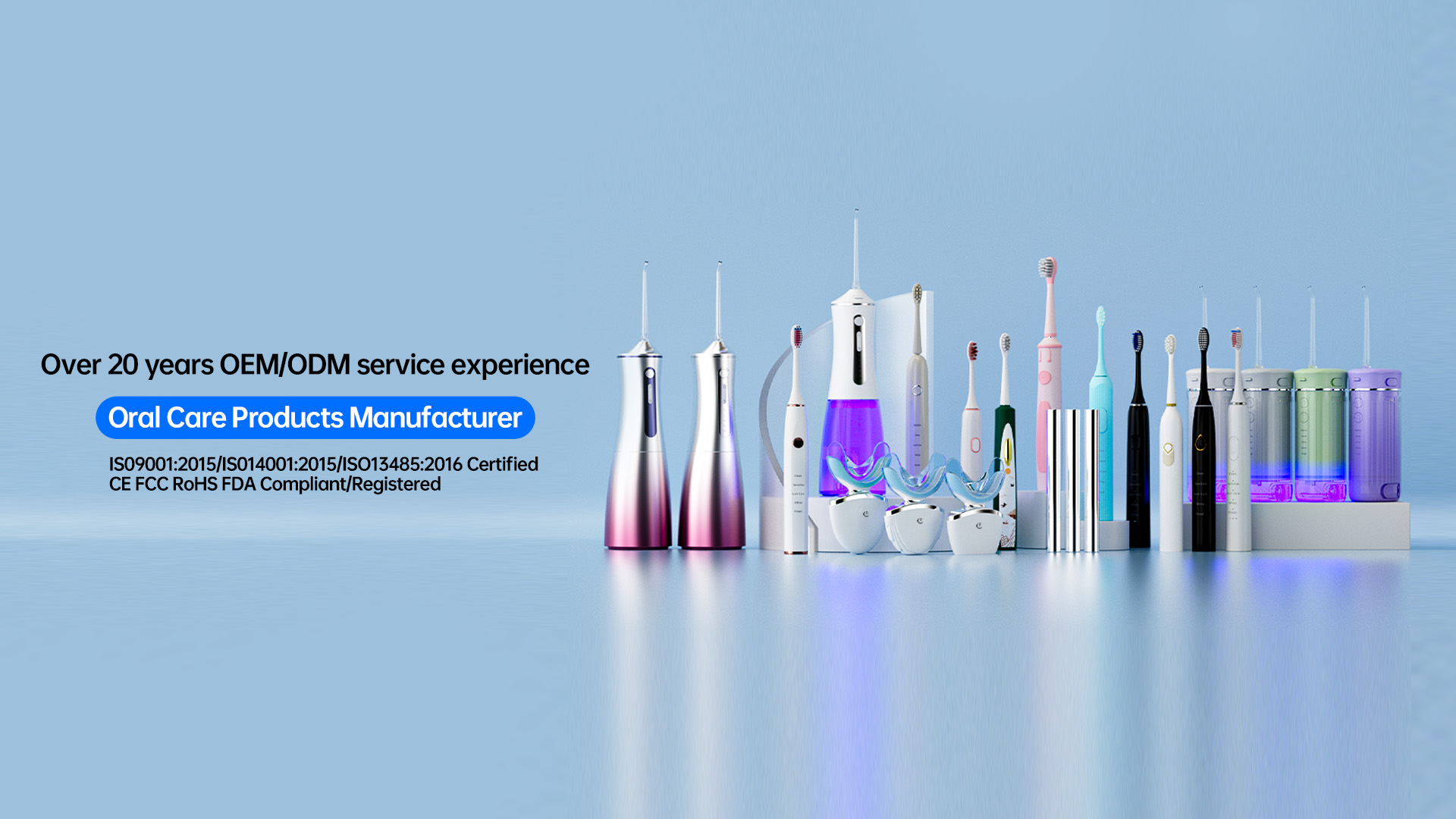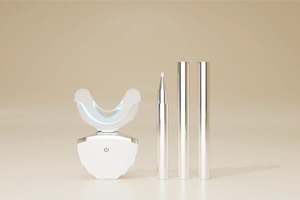In recent customer feedback, some users of water flossers and oral irrigators have reported unexpected tooth loosening after periods of irregular use. While such symptoms may be attributed to pre-existing oral health issues, a growing body of field data suggests that flow inconsistency in water-based oral care devices could be an overlooked contributor. Is this correlation coincidental—or a potential early warning sign manufacturers need to investigate? In this article, we explore the possible mechanical-biological link and what it means for B2B product development.
Flow inconsistency refers to unpredictable variations in water pressure, pulse timing, or jet volume during device operation. This can manifest as sudden surges, irregular bursts, or weak intermittent streams. Causes may include:
Even minor instability in flow can reduce cleaning efficiency or, in worse cases, apply erratic force on soft oral tissues and interdental areas.
Though the gums are resilient, repeated mechanical stress from flow inconsistency can have unintended consequences:
In users with weakened gums or prior bone loss, this pressure imbalance may accelerate tooth loosening, particularly in molars and premolars that absorb higher directional forces.
A number of post-market surveillance reports have documented cases where consumers experienced sensitivity, shifting teeth, or bleeding—later traced back to devices exhibiting flow inconsistency. In many instances:
This indicates a design oversight that, while not acutely dangerous, can lead to chronic issues if left unresolved. Company web:https://www.powsmart.com/product/electric-toothbrush/
To mitigate risks, manufacturers must focus on the root causes of flow inconsistency:
A stable flow isn’t just about performance—it directly impacts safety in high-frequency use.
Modern water flosser development should include targeted testing for pressure tolerances and gingival response. Suggested protocols:
Through such robust testing, manufacturers can validate whether tooth loosening is a credible risk or an isolated misuse case—and refine designs accordingly.
While more clinical data is needed to declare a direct causal link between flow inconsistency and tooth loosening, the correlation is too strong to ignore. For brands committed to user safety and product longevity, addressing this issue at the engineering and QA level is critical. Remember: even slight deviations in flow uniformity can translate to real-world biological stress in sensitive oral regions. Better flow control means better user outcomes—and fewer red flags down the line. Contact us
-3-1024x576.png)

What Basic Qualifications Are Usually Required for an Electric Toothbrush Factory?
.jpg)
Product Expansion Strategy: Why Brands Should Add Water Flossers to Their Lineup

What is the Difference in Quality Between Electric Toothbrushes of Different Materials?

When North Campus budget meets a Delhi festival offer?

How to Evaluate an Electric Toothbrush Factory’s Comprehensive Capabilities

Are multiple cleaning modes worth it for a custom clean?

What causes the difference in the cost of electric toothbrush from different factories?

Frequency and Tips for Using Your At-Home Mouthpiece Recommended by Your Dentist
Electric Toothbrush Delhi | Affordable Family Choice
.jpg)
Smart Electric Toothbrush Manufacturing: How to Choose the Best OEM Partner

Low MOQ Sonic Toothbrush Factory Options for Startups in Washington

Sustainable Electric Toothbrush OEM: Eco-Friendly Oral Care

Reveal the Big Brand OEM: The Manufacturing Insider of an International Brand Electric Toothbrush
.jpg)
California-Based Electric Toothbrush OEM with FDA Certification
Father’s Day Gift Electric Toothbrush for Texas Dad

Where is the main production base of electric toothbrush in China?

electric toothbrush heads Regular Clean

electric toothbrush heads Ultra Soft

Private Label Whitening Gel
.jpg)
Florida Electric Toothbrush – Powsmart PTR-C8

Electric toothbrush heads Charcoal Infused-Diamond

electric toothbrush heads Deep Clean

electric toothbrush heads Charcoal Infuse-Round

Customization Teeth Whitening Gel
whstapp
whstapp
National Toll-Free Service Hotline
+86 755 86238638